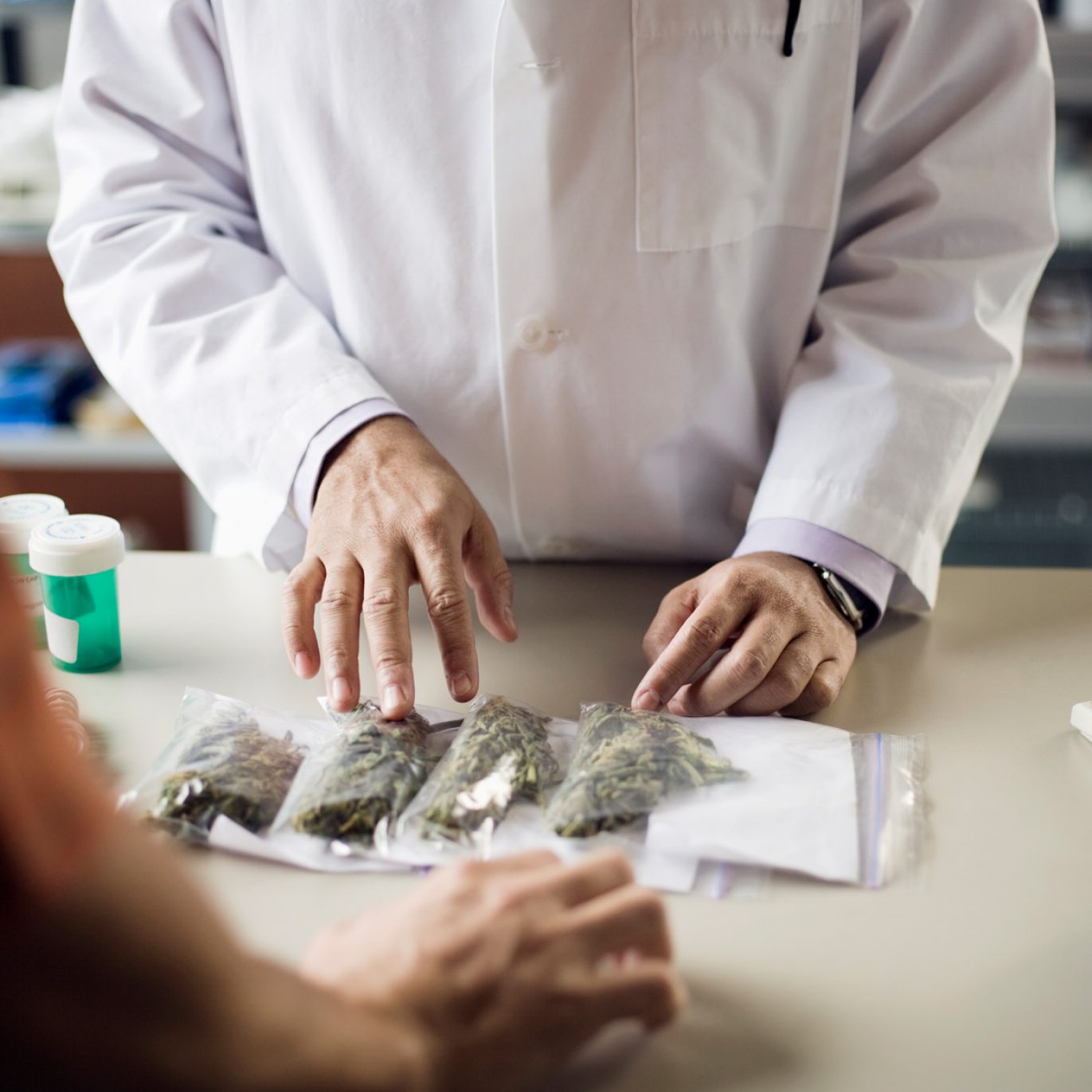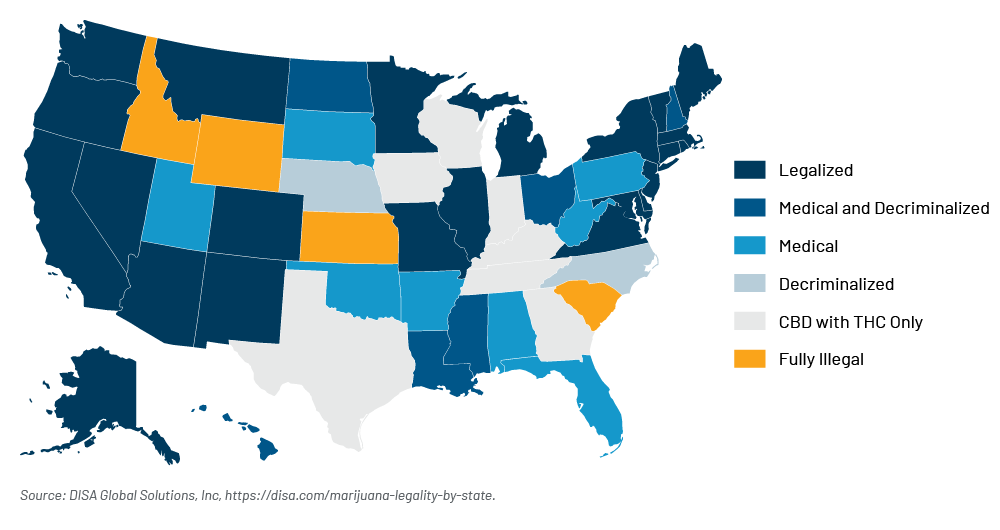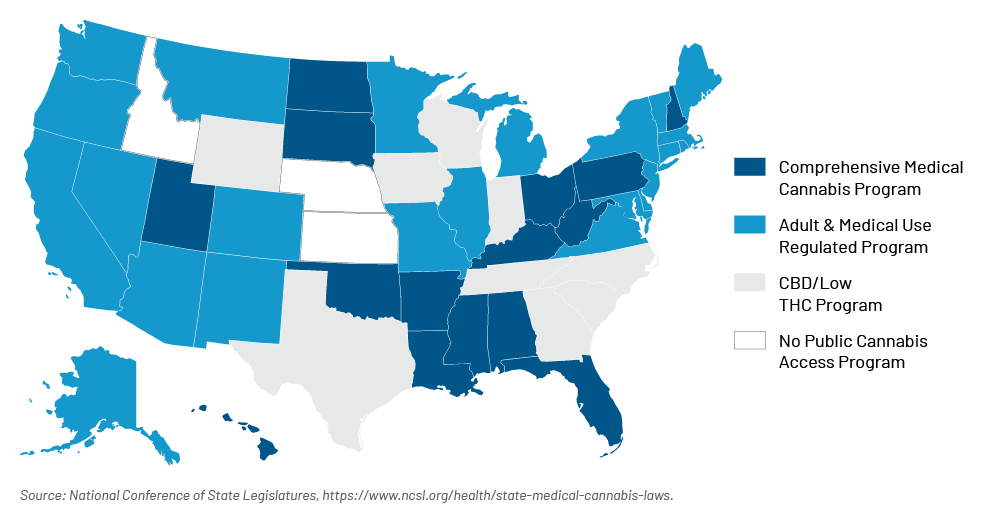-
Property & Casualty
Property & Casualty Overview

Property & Casualty
We offer a full range of reinsurance products and the expertise of our talented reinsurance team.
Expertise
Publication
High-Low Agreements Can Prevent Large Plaintiff Verdicts
Publication
Medical Marijuana and Workers’ Compensation
Publication
Secondary Peril Events Are Becoming “Primary.” How Should the Insurance Industry Respond?
Publication
Risks of Underinsurance in Property and Possible Regulation
Publication
Benefits of Generative Search: Unlocking Real-Time Knowledge Access
Publication
Battered Umbrella – A Market in Urgent Need of Fixing -
Life & Health
Life & Health Overview

Life & Health
We offer a full range of reinsurance products and the expertise of our talented reinsurance team.

Publication
Thinking Differently About Genetics and Insurance
Publication
Post-Acute Care: The Need for Integration
Publication
Trend Spotting on the Accelerated Underwriting Journey
Publication
Medicare Supplement Premium Rates – Looking to the Past and Planning for the Future U.S. Industry Events
U.S. Industry Events
Publication
The Future Impacts on Mortality [Video] -
Knowledge Center
Knowledge Center Overview

Knowledge Center
Our global experts share their insights on insurance industry topics.
Trending Topics -
About Us
About Us OverviewCorporate Information

Meet Gen Re
Gen Re delivers reinsurance solutions to the Life & Health and Property & Casualty insurance industries.
- Careers Careers
Medical Marijuana and Workers’ Compensation

November 15, 2023
David Hurt
,
Kimberly Stewart
Region: North America
English
In 2016, marijuana use in the U.S. was fully legal in four states and illegal in every form in 12 states. Now, in late 2023, there are 22 states with fully legalized marijuana use (meaning medicinal use is legal and it’s legally decriminalized) and only four states where marijuana remains fully illegal. As more states legalize medical cannabis, questions about its potential benefits and implications for workers injured on the job have come to the forefront. At the same time, there is a potential financial benefit for employers and Workers’ Compensation carriers since medical marijuana offers what may be a less expensive option than opioid-based treatments.
Medical marijuana refers to the use of cannabis and its constituent compounds - such as THC (tetrahydrocannabinol) and CBD (cannabidiol) - for therapeutic purposes. THC is psychoactive and CBD is non-psychoactive. Basically, THC is the element that “gets you high.”
CBD is legal under federal law if derived from the hemp plant, which has a very low level of THC. Strains of THC and CBD may differ, but the marijuana available today remains the same essential substance as marijuana grown and used prior to the passage of legalization laws in recent years. Although largely anecdotal, cannabis has been reported to have various medicinal properties, including pain relief, anti-inflammatory effects, muscle relaxation, and appetite stimulation. There is also a fair amount of research that has determined that CBD is an effective treatment for seizure disorders.1 These properties make it a potential candidate for addressing some of the medical needs of workers injured on the job.
Cannabis has been classified as a Schedule I drug under the federal Controlled Substances Act since 1970. Other Schedule I drugs include heroin, LSD, and ecstasy. Schedule II drugs, including oxycodone and hydrocodone, have a high potential for abuse but have acceptable medicinal use. Most recently, however, the U.S. Department of Health & Human Services recommended to the Drug Enforcement Agency that marijuana be reclassified as a Schedule III drug.2 Reclassifying marijuana would alleviate the inherent conflict between states where marijuana is legal and existing federal law that classifies it as a Schedule I controlled substance. A good example of this conflict is seen in NJ where Schedule I marijuana is considered an acceptable drug to wean someone from a Schedule II opioid addiction.
U.S. Legal Situation
Currently there are only four states where any form of marijuana is fully illegal (Idaho, Kansas, South Carolina, and Wyoming). Among the states that have legalized marijuana use, their laws range from the legalized use of CBD for limited purposes to fully legal marijuana for both medical and recreational purposes. The states that legalized medical marijuana have set up approval processes for its use and reimbursement under its Workers’ Compensation laws. For example, most states require a physician to obtain a license to prescribe medical marijuana and the prescription must be filled by a licensed marijuana dispensary to properly document a claim. There are also multiple forms of marijuana, such as edibles, pills or liquids, sold by dispensaries. Despite the potential benefits of medical marijuana, widespread prohibitions against smoking make it unlikely that a smoking form of medical marijuana would be approved for use in the workplace.
Marijuana Legality by State (updated October 30, 2023)

Marijuana Programs – State Regulations

An excellent resource for comprehensive information involving the current state laws on cannabis and medical marijuana is the National Conference of State Legislatures website . On a national level, two bills introduced in 2023 warrant mention. In July 2023 the U.S. House of Representatives introduced a bipartisan bill entitled Cannabis Users Restoration of Eligibility Act, or CURE Act, that would allow marijuana users to be hired by the federal government and obtain federal security clearances. The House also introduced the Veterans Medical Marijuana Safe Harbor Act, which aims to make medical marijuana treatment available for military veterans with similar requirements for licensing and approval authority. Of course, it still needs traction to pass the House and Senate.
Benefits of Medical Marijuana
The benefits of medical marijuana as part of Workers' Compensation include:
- Pain management – Chronic pain is a common issue among injured workers
- Reduced opioid dependency
- Improved quality of life for workers dealing with severe conditions like epilepsy or cancer, with fewer side effects than other treatments
- Enhanced sleep as well as reduced stress and anxiety
- Financial incentive for Workers’ Comp carriers if medical marijuana can effectively reduce medical costs as compared to more costly treatment options such as opioids
Challenges
Several challenges and considerations continue to complicate medical marijuana use for workplace injuries, including:
- Laws regarding medical marijuana use vary widely by state and standardization will be difficult
- Workplace safety and the need for reliable tests for cannabis impairment
- Education and training for workers, healthcare providers, and employers to understand the benefits, risks, and responsibilities associated with medical marijuana use
The use of medical marijuana in the Workers’ Compensation industry is a complex and evolving issue. While it offers potential benefits in terms of pain management, reduced opioid dependency and improved quality of life for injured workers, medical marijuana faces significant legal, safety, and administrative challenges. As the legal landscape and medical understanding of cannabis continue to evolve, the Workers’ Compensation industry must adapt to ensure that injured workers receive appropriate care while maintaining workplace safety and compliance with the law. The evolving nature of this issue underscores the importance of collaboration and ongoing discussion among stakeholders – including legislators, healthcare providers, insurers, and employees - to navigate the terrain of medical marijuana in Workers' Compensation.
Endnotes
- “Emerging Trends in Medical Marijuana and Workers' Compensation Laws,” webinar by Weber Gallagher, 8/2/23
- www.congress.gov
References
“Legalized Marijuana and the Impact on the Workplace. How to Mitigate Federal, State & Local Marijuana Regulations,” webinar by Margie Faulk, 9/12/23
National Conference of State Legislatures, Resources and Tools, www.ncsl.org





